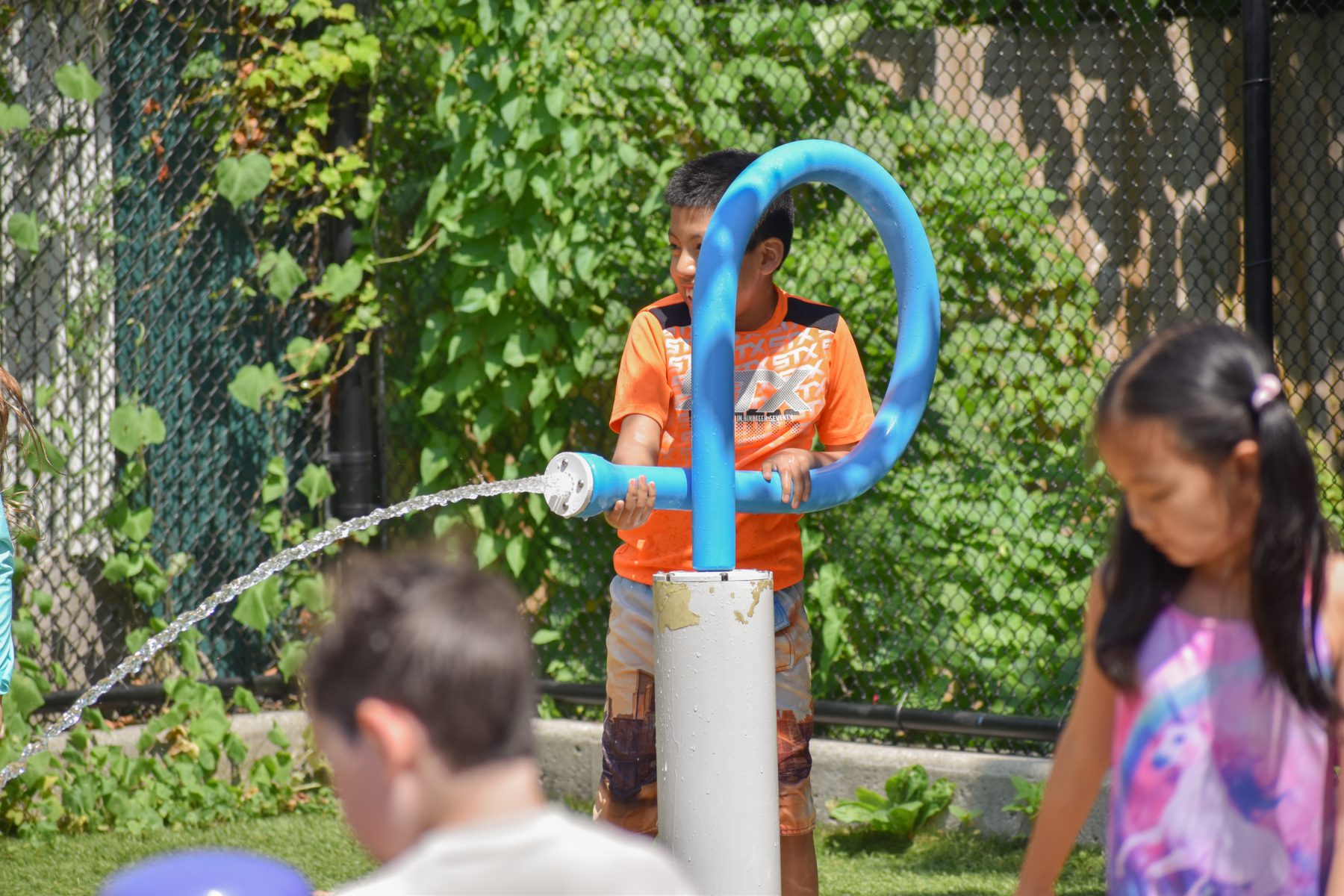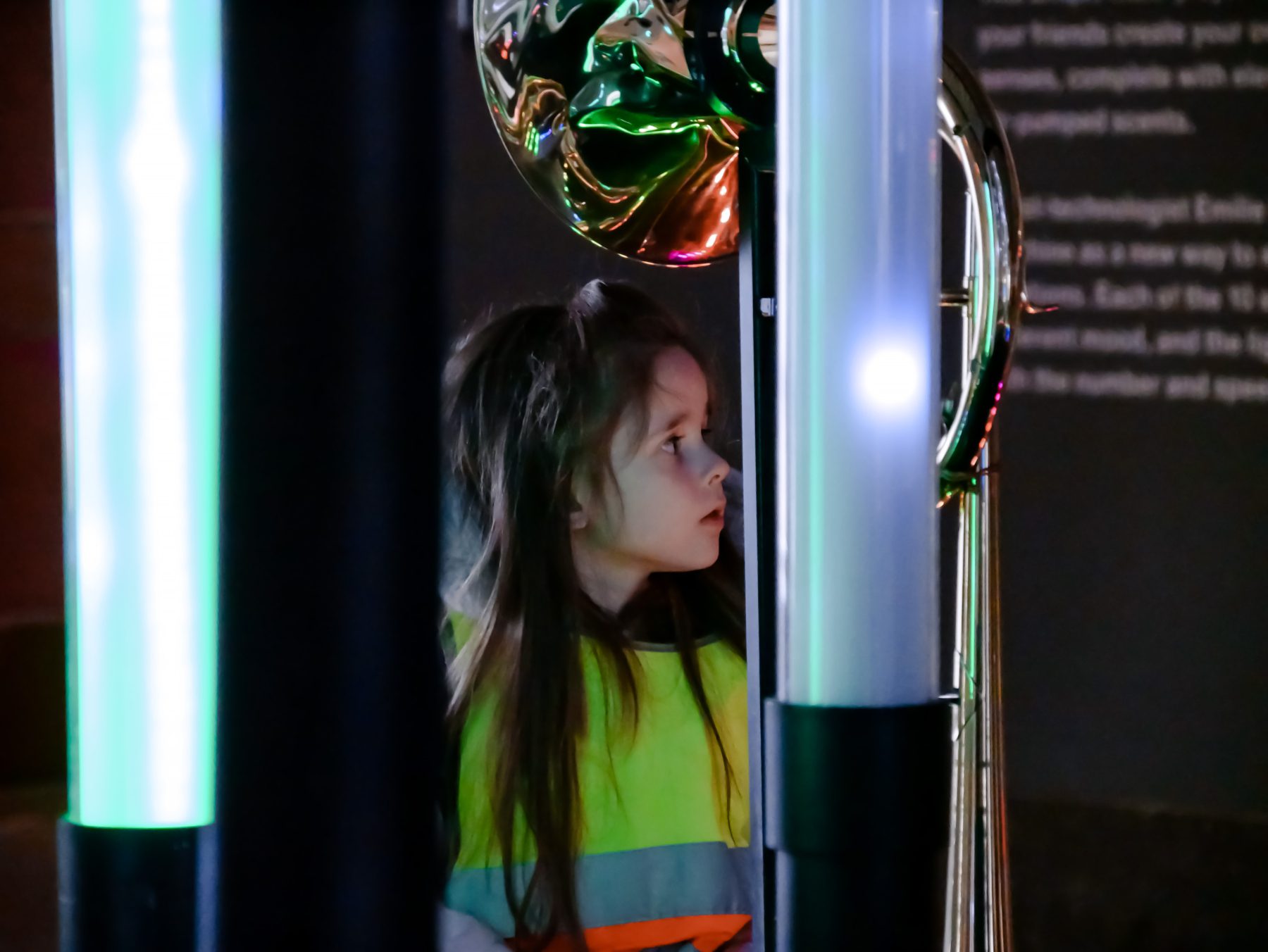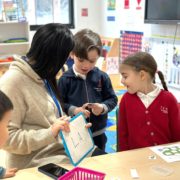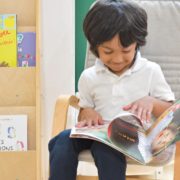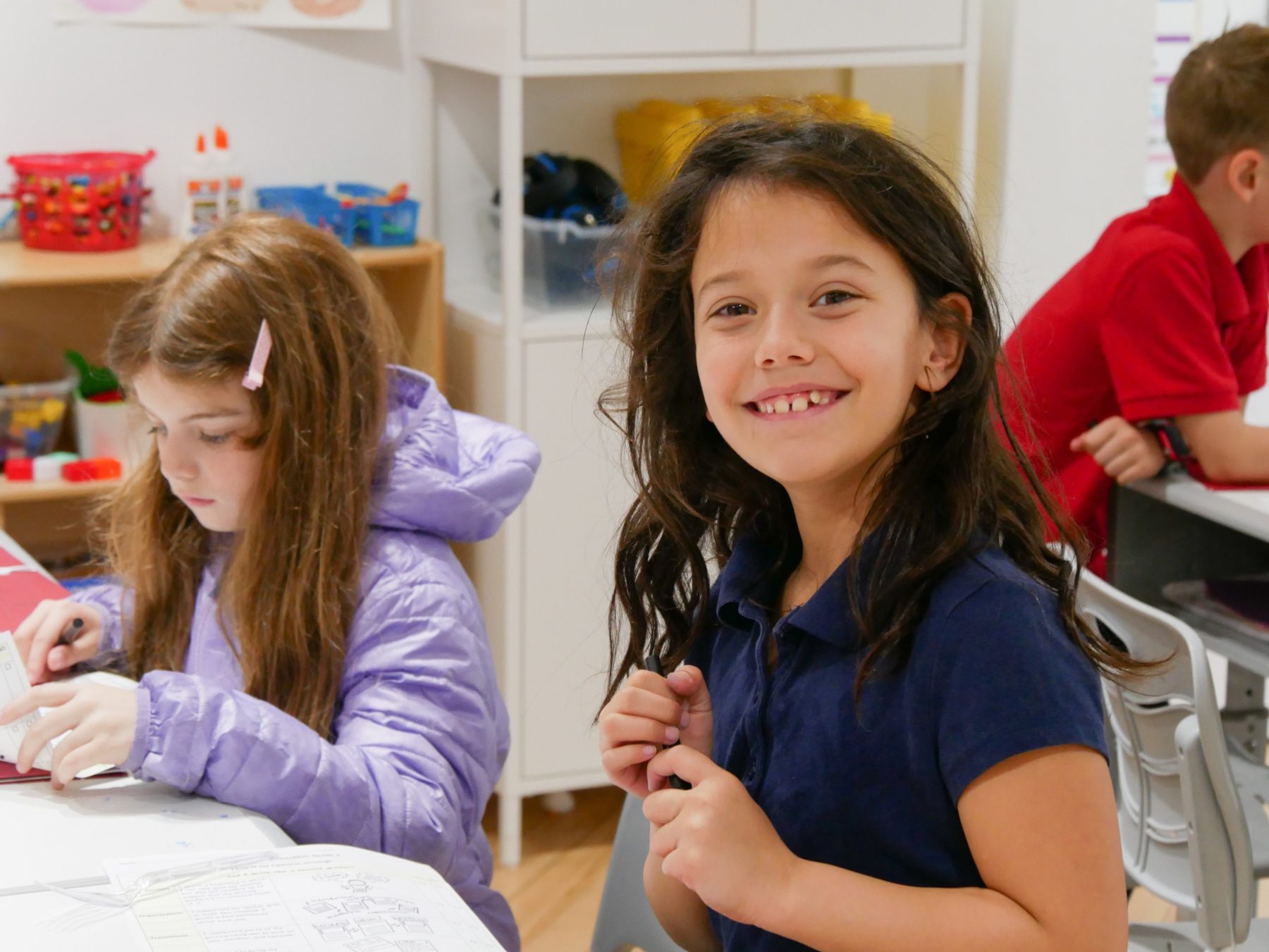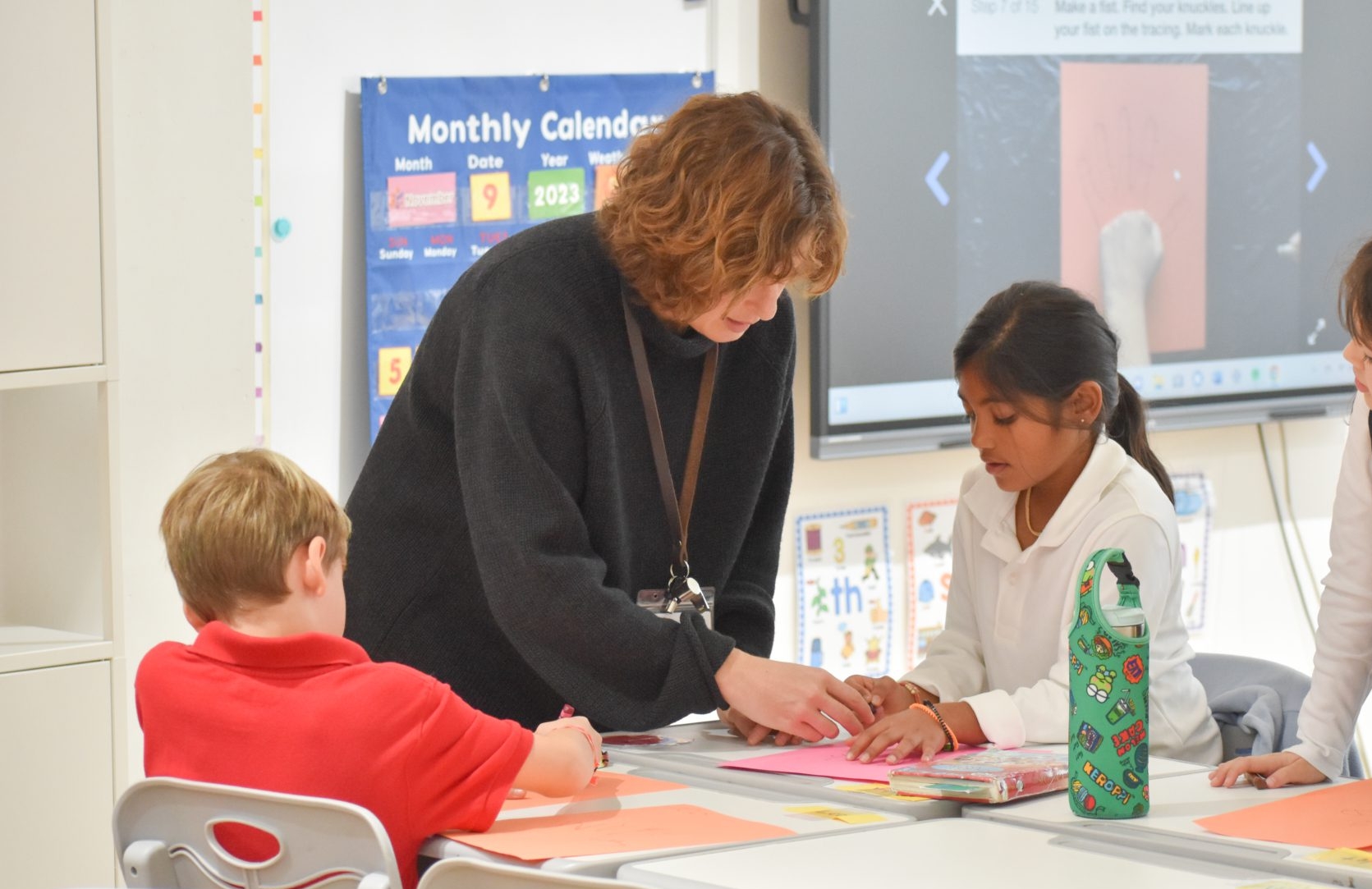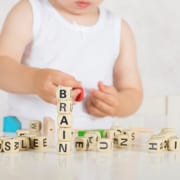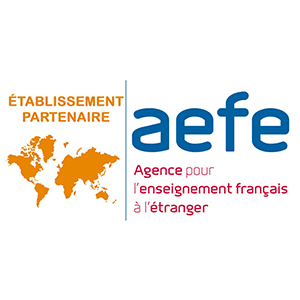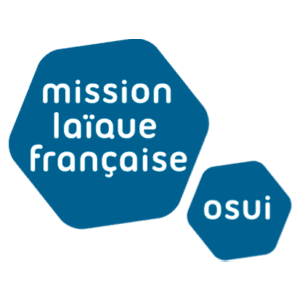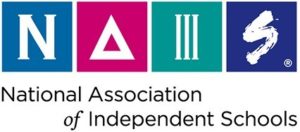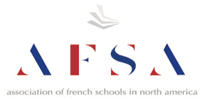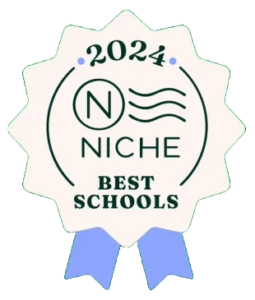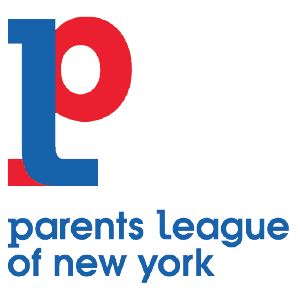Turn Summer Learning Loss into Opportunities for Your Kids
Summer is an important time for students to recharge from a demanding school year. However, the long summer months also raise concerns about students losing academic ground during the summer break. This phenomenon, also known as the Summer Learning Loss, has garnered significant attention from educators and parents alike. What is it exactly, and how can we help children avoid it?

With the right strategies in place, parents can help prevent the summer slide.
Is Summer Learning Loss Real?
Concerns about Summer Learning Loss date back approximately 100 years. With improved methods and larger samples to examine its reality, multiple recent assessments indicate that test scores flatten or drop during the summer.
- With data from 3.4 million students in all 50 states from 2016 to 2018, research found that the median summer losses are fairly large in magnitude, ranging from losses of one to two months in reading and a little more than one to three months of school-year learning in math.
- Across primary grades, between 70% and 78% of students experience a decline in math skills over the summer, and between 62% and 73% show regressions in reading.
- A longitudinal study by Johns Hopkins University researchers found that more than two-thirds of the reading achievement gap in 9th grade can be traced back to Summer Learning Loss accumulated during the primary school years.
Students’ learning patterns during summer break differ significantly from those during the school year, making it natural for them to learn less or forget some knowledge over the summer. However, it is also clear across recent studies that summer is a variable time for students. Educational experts advocate for additional summer opportunities to reduce the slowdown or stagnation in students’ learning rates.
“Summer learning loss is common and substantial, but not inevitable. ”
– Megan Kuhfeld, Senior Research Scientist at Northwest Evaluation Association (NWEA), 2019
What Parents Can Do to Help Students
Summer break is not something to overly worry about. It can become an opportunity for students to learn, catch up, or build certain interests. A 2020 American Educational Research Journal (AERJ) study found summer learning outcomes “vary dramatically from child to child,” based on factors including summer activities and parental involvement.
There are many activities that parents and families can do to mitigate Summer Learning Loss, spark a love of learning in kids, and ensure an engaging summer vacation:
Travel as a catalyst to children’s growth and development:
A summer trip can spark your child’s passion for learning and foster a global perspective like no other. Life on the road is the perfect time to develop children’s social skills and cultural appreciation in a language-immersed environment.
Engage with educational activities from community resources:
Libraries, museums, and natural parks are trusted places where children make discoveries, expand their knowledge, and connect their natural curiosity to the real world. Learning experiences in these institutions are self-directed, experiential, and content-rich, promoting executive function skills that shape a child’s success in school and life.
Use the Internet wisely for home-based education:
A handful of online platforms, services, and publishers have made their content accessible to keep students learning nowadays. Not only does virtual learning allow flexible scheduling, but also a wider range of courses are offered across the Internet to satisfy different children’s levels and interests.
Summer Camps and Programs Can Help
Structured summer programs can provide a balanced mix of learning and fun, ensuring that children stay intellectually engaged while also enjoying their break.
One of the biggest differences between Tessa Summer Camp and other camps is that we are a language immersion camp, offering a unique and enriching experience for children. At the camp, students continue their language development throughout the summer. Campers love to learn Spanish, French, or Mandarin!
Hear more from our campers’ parents here.

Tessa Summer Camp enables children to have fun while keeping learning in an immersive environment.
Rethinking Summer Learning Loss reinforces our goal of preparing lifelong learners. When schools are out, the whole world becomes our child’s classroom. With the ideas above for inspiration, parents can help students focus on the joy of learning during this golden period. These efforts will serve as a critical bridge for students transitioning between school years, ensuring they return to school ready to progress and excel.
Are you ready to explore the only international leading private school in Hoboken?
Contact Tessa International School to learn more!




